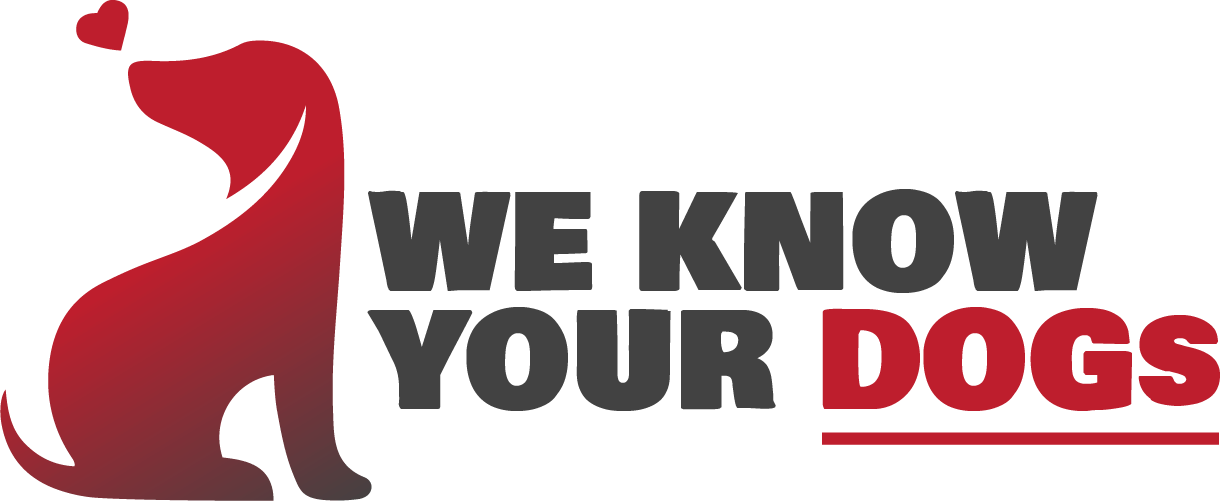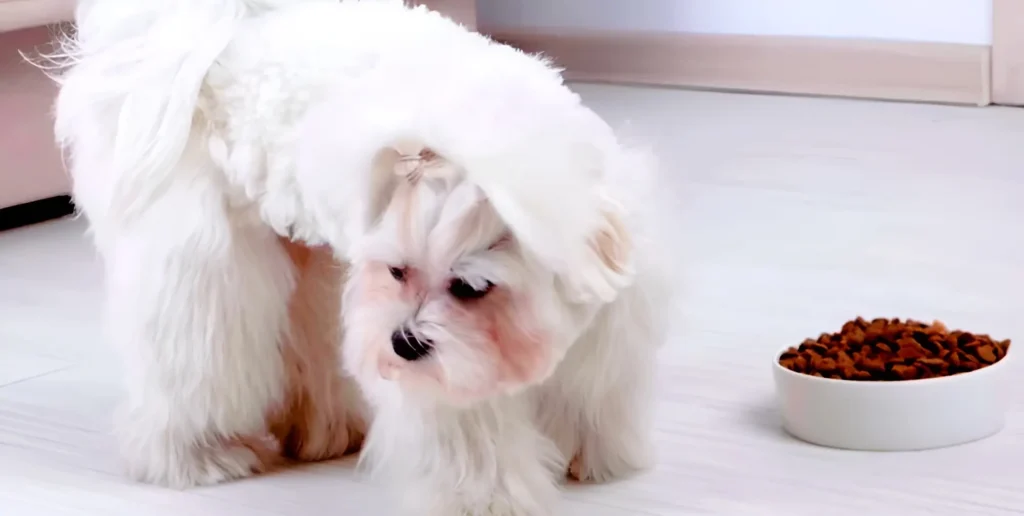
I recently got a question from someone about their dog’s behavior. The dog used to eat dry food and suddenly stopped eating it. This appeared to be a shock because, before this, everything seemed fine. The problem was resolved though. However, it made me think about writing a post about it and here it is.
Many pet owners report this problem in the UK and a lot of times, there are some medical problems related to it. This is not always the case, as sometimes there are also some behavioral issues. Well, I have tried to add all the perspectives related to this problem and I can tell that you too are concerned about it. So, you’ve reached the right place.
The importance of hard food for your dog
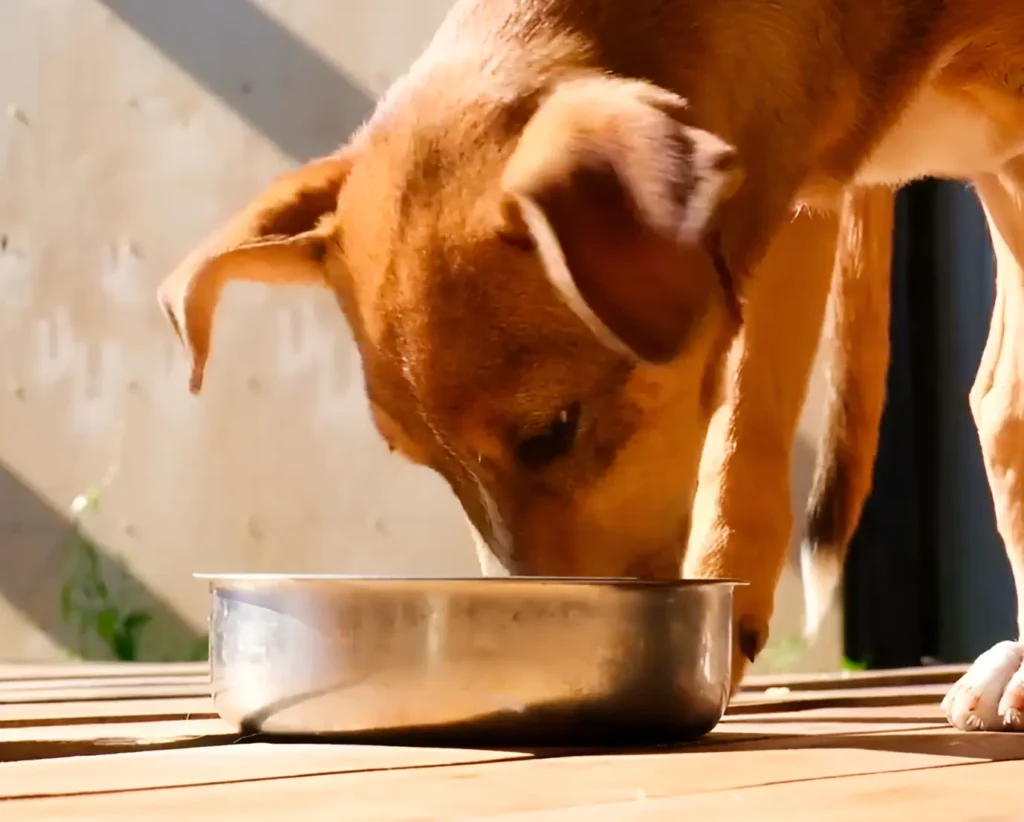
When it comes to the foods that your dog is supposed to chew on, it’s not necessarily about the nutrition. They are supposed to increase your pet’s dental health. Their teeth and gums get better and stronger. This is the reason you need to feed your pet with some dry food as well along with wet food. And for the same purpose, pet owners feed their dogs with bones.
When did your dog stop eating?
While searching for the reasons why your dog has stopped eating dry foods, you must take into account the time when they stopped eating them. This will tell you a lot. For instance, if your dog suddenly stopped eating dry foods, the reason would most likely be medical along with the possibility of behavioral changes. However, if you are feeding the dry food for the first time, it could just be that your dog isn’t used to it.
13 Reasons for your dog to stop eating dry food
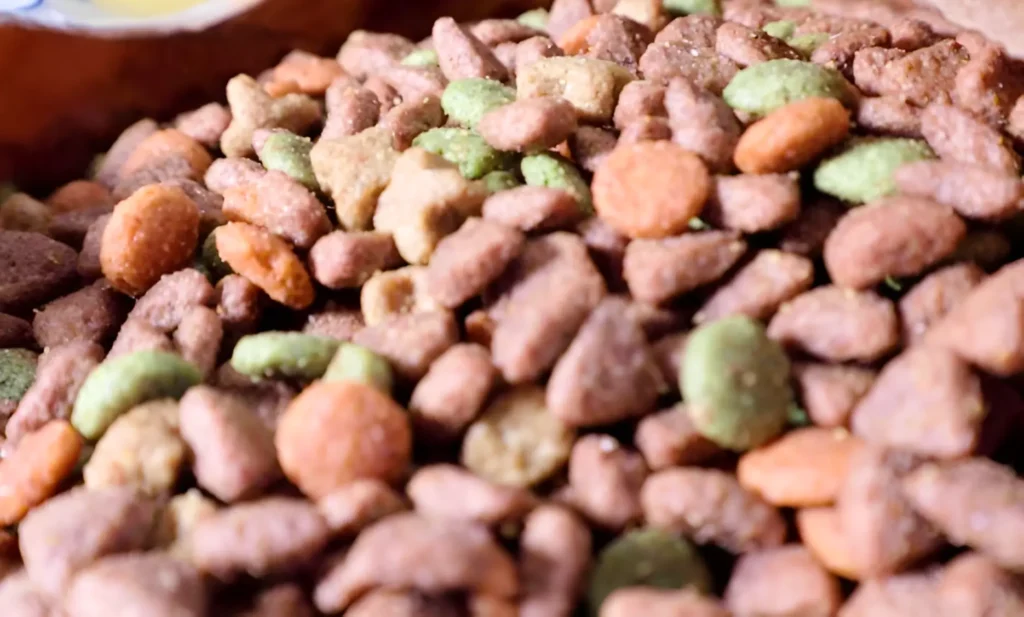
There are several reasons why a dog can suddenly stop eating dry food while continuing to eat wet food. It’s crucial to remember that any noticeable alteration in a pet’s behavior, particularly one that involves eating patterns, calls for concern and can necessitate speaking with a veterinarian. I have divided the reasons into two major categories for your better understanding. The following are some possible explanations for a dog to quit eating dry food but keep eating wet food:
Medical Reasons:
These are the reasons that you can only be cleared with the help of a professional vet. So, be careful and contact your veterinarian as soon as you think your dog has any of these.
1-Dental Issues:
Dental issues are among the most common problems among dogs in the UK. More than half of the pets have to go through this and the only reason behind it is that there is not much awareness among the pet owners. Since chewing dry kibble involves more effort and might exacerbate pre-existing dental problems, you may notice that your dog avoids dry food due to tooth pain or discomfort. For this, you have to notice your pet carefully so you can easily understand the issue.
2-Digestive Issues:
Wet food is a more pleasant alternative for your dog to eat because dry food may be difficult for them to digest, potentially because of sensitive stomachs or gastrointestinal problems. There is also an inclination of pet owners towards other foods because dry food is known to be problematic for many pets. One major reason is that there are so many cheap brands out there and they add so many additives and artificial things. These ingredients aren’t even necessary and thus they have negative effects on your dog’s health.
3-Health Issues:
Your dog may refuse to consume dry food in favor of the softer texture and easier digestibility of wet food if they have underlying medical disorders including nausea or gastrointestinal issues. You cannot exactly tell about such problems but your pet will always give you signs. Most of these signs are in the form of behavioral and mood changes which also affect their eating patterns, so always stay observant.
4-Age-Related Changes:
As dogs get older, they could lose their ability to smell or have dental problems, which makes wet food easier to eat and more enticing than dry kibble. You should know that just the way we humans age, our activity levels get lesser and lesser. The same can be applied to your pets. They not only see a decrease in their activity levels but their bodies also go through several changes. And this can result in, them leaving their dry food and opting for wet foods.
5-Allergies or Sensitivities:
Your dog may be able to tolerate wet food without the offending ingredient while avoiding dry food if they have allergies or sensitivities to certain ingredients in it. Allergies are also common among pets and through different behavioral changes, you can tell about them. Sometimes you can even tell about the food intolerance by just looking at your dog’s poop. So, again, try to be observant as much as possible. An underlying sensitivity can be a possible reason for the change in your dog’s eating pattern. In such cases, dogs are to be fed with hypoallergenic foods.
6-Medication Side Effects:
If your dog develops nausea or changes in taste perception as a side effect, some medications may have an impact on their appetite or taste preferences, which may make wet food more appealing. Of course, this reason is only applicable when your dog is currently facing any problem and you are providing them with medications. If this is the case, then you should get in touch with your dog’s vet as soon as possible.
7-Illness or Pain:
Your dog may associate discomfort with dry food and steer clear of it in favor of wet food, which they may find easier to consume and more appetizing. The pain could be anywhere. It can be in their stomach, it can be in their teeth. So, be observant and try to notice what your pet is trying to tell you.
Non-Medical Reasons:
Now that you have ruled out all of the medical reasons above, these reasons are non-medical and can be solved with the help of your observation. However, at certain points, you still might have to opt for a professional’s help.
8-Texture Preference:
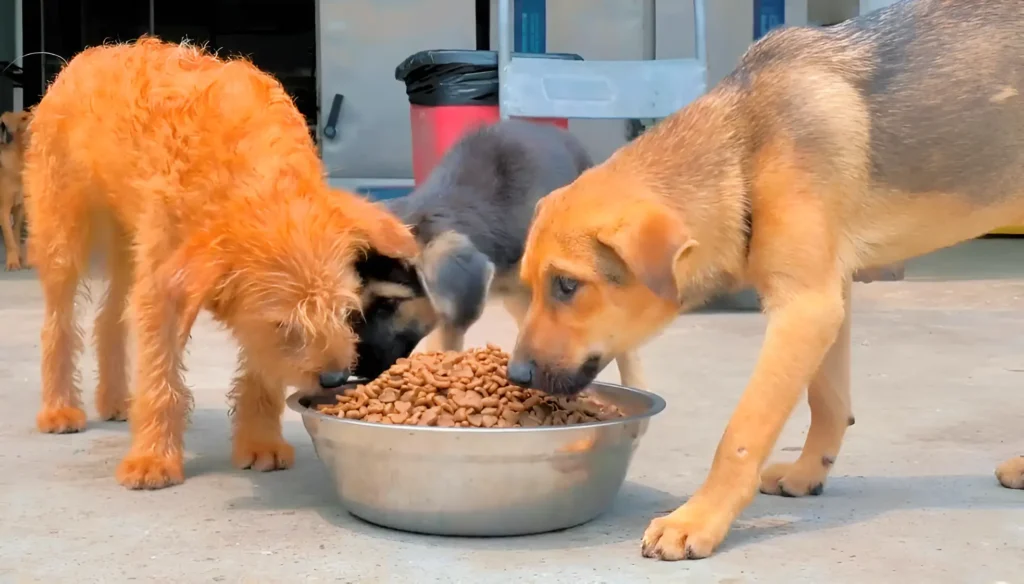
Your dog might have grown to favor the softer feel of wet food over dry kibble because they find it more enticing and pleasurable to consume. This can be a bad habit as this habit can lead to severe dental problems. If you look closer, even in the wild, the balanced diet for canines includes bones and other foods providing them with a hard texture. So, it is crucial to change this habit so your dog has some flexibility even if it is a little bit.
9-Environmental Shifts:
Stressful events like relocating to a new house or welcoming new family members can affect your dog’s feeding patterns, making them go for moist food as a comfort during changes. You should look at it in a way that the way our surroundings change, has a different impact on us. In the same way, our pets get affected too. So always notice your pet’s behavior closely.
10-Social Factors:
Dogs are sociable creatures, thus alterations in their living conditions or rivalry for food with other dogs may have an impact on their dietary preferences, making them prefer wet food to dry kibble. This can happen especially when you have welcomed new pets or have some visitors.
11-Quality of Dry Food:
Your dog may reject dry food in favor of wet food, which is seen to be fresher and more appetizing, if the quality of the dry food has altered, such as being stale or taking on an unpleasant odor. One major reason is that wet food has a lesser shelf life and thus, is supposed to be fed fresh before it goes bad. The second reason is that the food is fully hydrated and seems fresh compared to dry food.
12-Behavioural Issues:
Your dog’s eating habits may be impacted by behavioral variables like food guarding or possessiveness. If your dog perceives a threat to their food supply or if there are changes in the home dynamics, they may shun dry food. It is important to note such kind of changes in your pet so you can create a better environment for them.
13-Modifications to eating Schedule:
Any major changes to your dog’s eating schedule, including shifting locations or hours, may affect their hunger and food preferences, possibly making them prefer wet food to dry kibble. We humans also go through such changes and thus, our pets can also be affected. Again, I will advise you to look closely so you are aware of your pet’s mood switches.
Consultation with a veterinarian
Whenever you see any kind of changes in your dog’s eating behavior, it is important to get connected with a professional. Whether the problems are medical or non-medical, a professional can provide you with better insights so that your dog’s health is not at risk.
Tips to encourage your dog to eat dry food
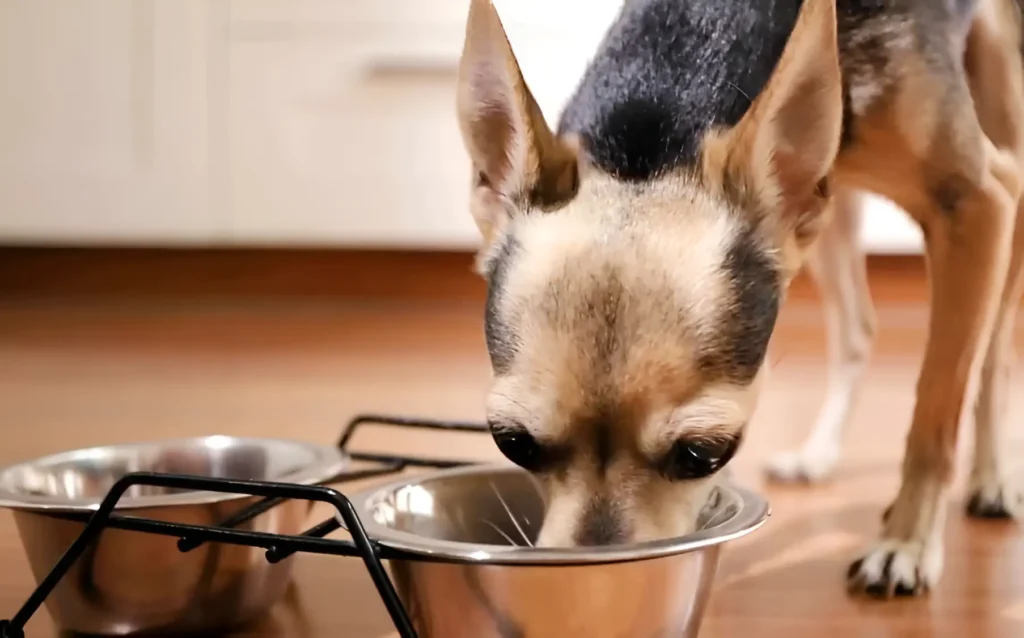
When there is no underlying medical condition, encouraging your dog to consume dry food means using a variety of techniques to make the kibble more enticing. To ease your research, I have collected the major tips for you. So let’s have a look at the pointers.
- You should opt for a gradual transition. Over several days, you should gradually increase the proportion of dry food by combining a tiny amount with wet food.
- Wet the dry food by adding moisture. For added moisture and scent, sprinkle some warm water or low-sodium broth over the dry kibble. This may fool your dog into thinking that the dry food is tasty. You can also stir in just a bit of moisture. For extra flavor, mix dry food with cooked meat or wet food.
- To improve flavor and aroma, microwave the dry food only a little bit, for your dog to appreciate it.
- Play with food toys or puzzles. Include feeding toys to create a fun eating experience. Playtime will encourage your dog to take pleasure in the dry food.
- Create a consistent feeding schedule. Establish regular mealtimes since dogs thrive on routine.
- Restrict the amount of goodies you offer your dog. Treats should be balanced and limited because too many of them can suppress appetite.
- Select premium dry food. Choose a healthy dry dog food that your pet will love.
- Remain composed and optimistic: To avoid worry, keep your composure at mealtimes.
- Seek advice from an expert, always! For specific guidance, see a veterinarian or dog behaviorist.
Keep your dog healthy
Make sure that your dog stays healthy. Always choose the best quality food for them and do not hesitate to call for her help whenever there are any kind of changes in their behavior. Try to connect with your pets more and more so you can detect their issues sooner.
Conclusion
Finally, I will add that not eating dry food can both be normal and abnormal for your dog, but this is something that only your professional is supposed to decide. What you can do is stay observant and try to provide your dog with better solutions so they can enjoy their meals just the way regular pets do.
